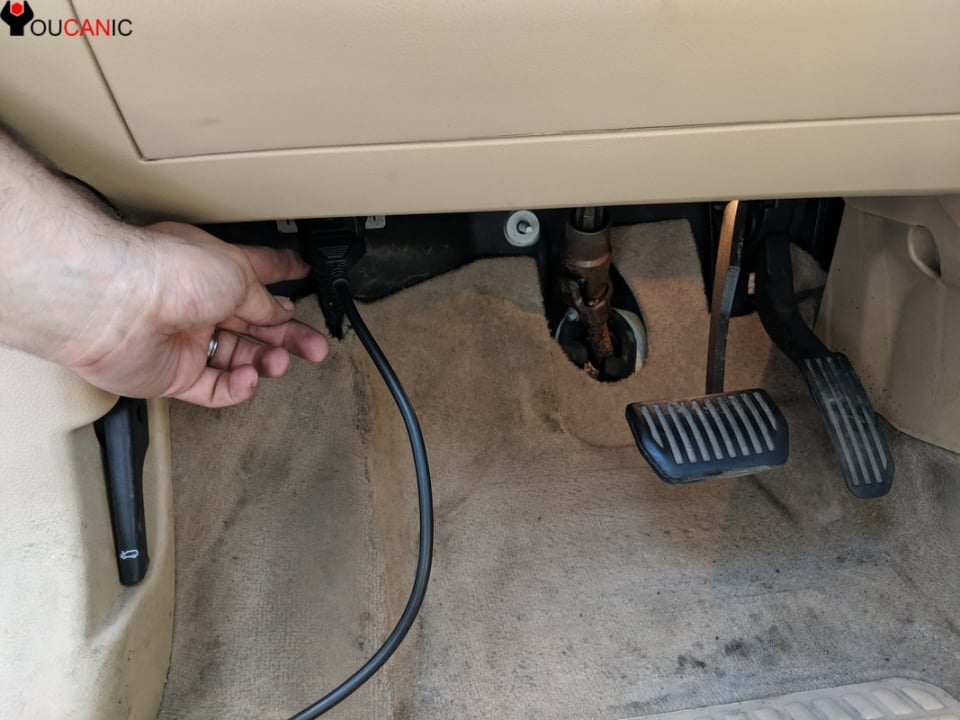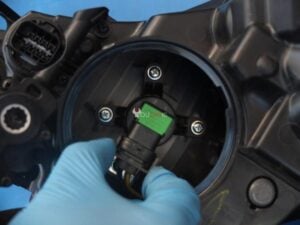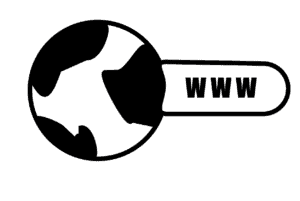What Does It Mean When Check Engine Light Turns On
The Check Engine Light (CEL) or Service Engine Soon (SES) can come on for many reasons, including a loose gas cap, bad spark plugs, a dirty mass airflow sensor, a faulty oxygen sensor, a serious engine issue, and transmission failure.
In this guide, you will learn what the check engine light means, common problems, and how to diagnose the check engine light yourself.
What does the check engine light mean?
The check engine light comes on when your car’s Onboard Diagnostic (OBD) system detects an engine problem, emission leak, or transmission problem.
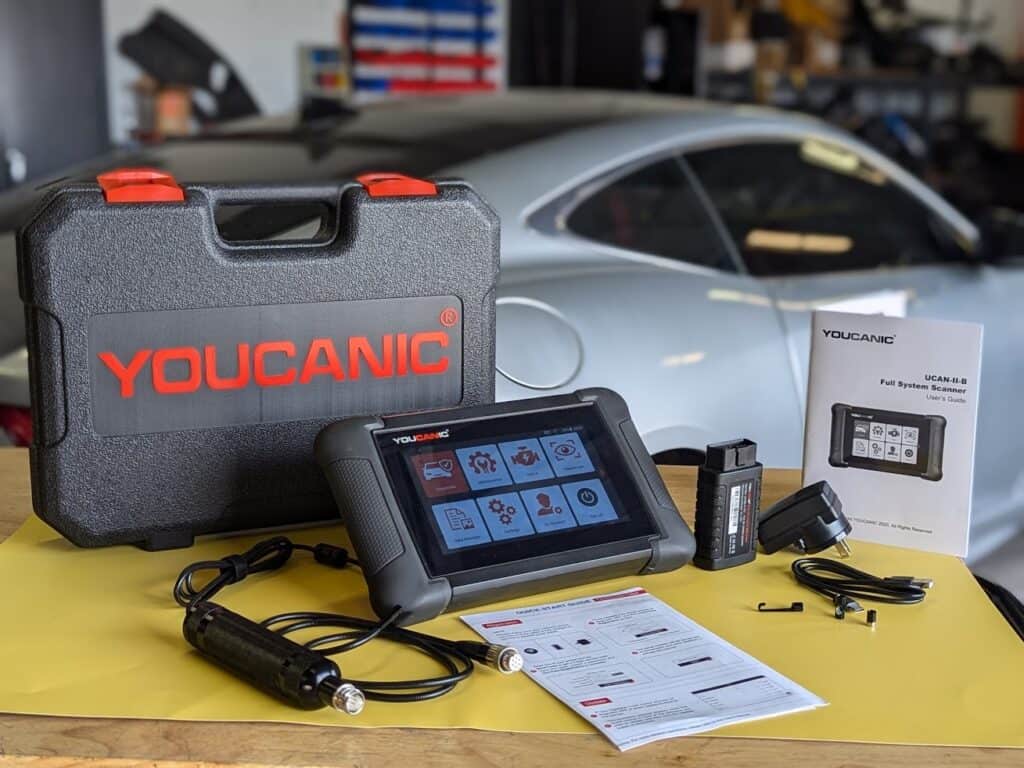
The YOUCANIC Full System Scanner can read and clear fault codes through every control module of a Mercedes-Benz.
A fault code will be in the Engine Control Unit (ECU) memory and can be easily retrieved with an OBD-II scanner.
Symptoms
When the check engine light comes on, you will notice at least one of the following symptoms:
- Increased fuel consumption
- Poor acceleration
- Engine shakes
- Rough idle
- The engine shakes, and a misfire is present.
- The transmission is stuck in limp mode.
Common Causes
This is a list of common problems that trigger the check engine light.
- Loose gas cap
- Spark plugs
- Ignition coils
- MAF sensor
- Vacuum leak
- EVAP leak
- Oxygen sensor
- Catalytic converter
- Transmission problem
To find out why your check engine light is on, you can read ECU fault codes with an OBD-II scanner.
Should I drive with the check engine light on?
If the check engine light or service engine stays on constantly, you should take your car to a mechanic or diagnose it at home with a scanner to ensure nothing is seriously wrong. Before you continue your journey, ensure the vehicle is not overheating and the oil light does not come on. Note that the transmission may get stuck in 2nd or 3rd gear, and speed may be limited to 40 mph maximum.
Why is my check engine light flashing?
If the check engine light or service engine soon starts to flash, a misfire has been detected, and one or more cylinders are not working properly. A bad spark plug, mass airflow sensor, ignition coil, or clogged catalytic converter often causes this problem.
The engine will also shake a lot. Do not drive the vehicle if the check engine light is flashing or causes more damage to the engine. Call your mechanic or dealer and ask for advice.
A misfire can be caused by:
- Bad spark plugs
- Faulty ignition coil
- Clogged catalytic converter
- Blown head gasket
- MAF sensor
- Vacuum leak
- Fuel issue
- ECU problem
A misfire is a critical problem that needs to be addressed immediately. If this happens, find a safe place to pull over. If the engine is overheating, call a tow truck instead of driving. When the check engine light is flashing, continuing to drive can damage the engine and catalytic converter.
How to diagnose the check engine light
Follow these instructions to read the fault codes.
For this procedure, you will need an OBD-II scanner, like the YOUCANIC Full System scanner.
- Plug your diagnostic scanner into the port under the dashboard on the driver’s side. All cars 1996 and newer have this port, which you must slide under the dash to see.

- Turn on the ignition. Turn the unit’s power on. Some run on the vehicle’s power; some do not.
- Select Diagnose by pressing OK/Enter/Read Codes. Next, make sure to select Read Fault codes.
- Write down all the fault codes. Once you get the code, fix the problem, then clear it. If you reset the codes without fixing the problem, the check engine light will return.
Got the code; what’s next?
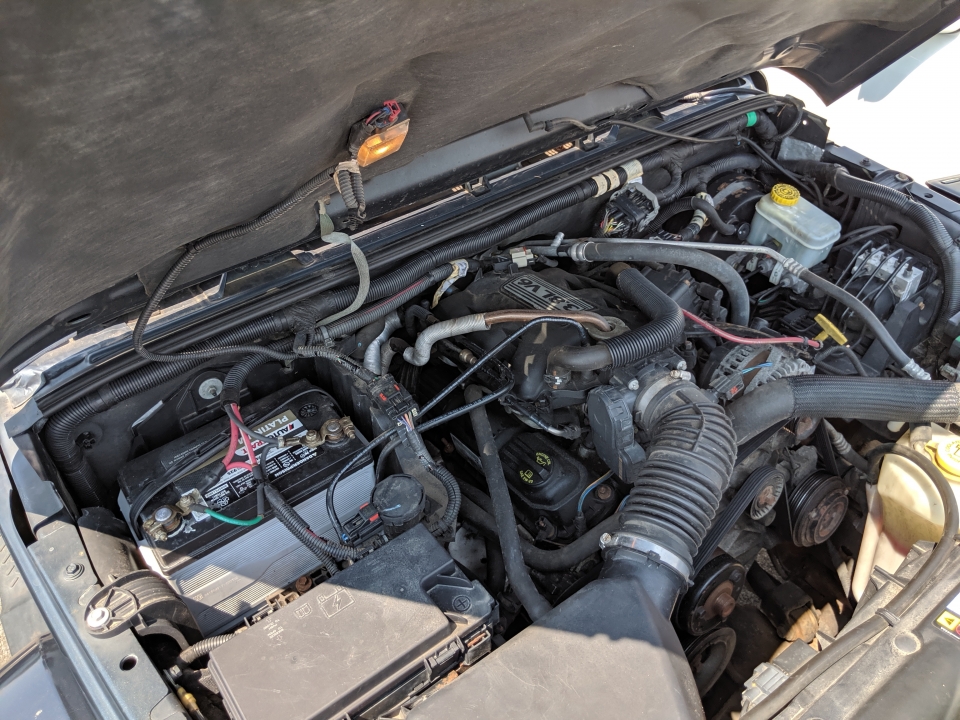
Sometimes, the fault code may point you to the exact problems; other times, the code will only be the starting point.
Always perform further research and troubleshooting. Search the code online, along with your vehicle’s make and model. This will allow you to learn about common causes and solutions for your car.
Consider all possible causes.
Remember that even though the fault code may indicate the problem with your oxygen sensor, replacing the sensor may not fix it. For example, the issue could be a bad catalytic converter or a damaged wiring harness. You still want to start with the least expensive and most probable repair. That is what a mechanic or dealer would also change first.
Understanding Fault Codes
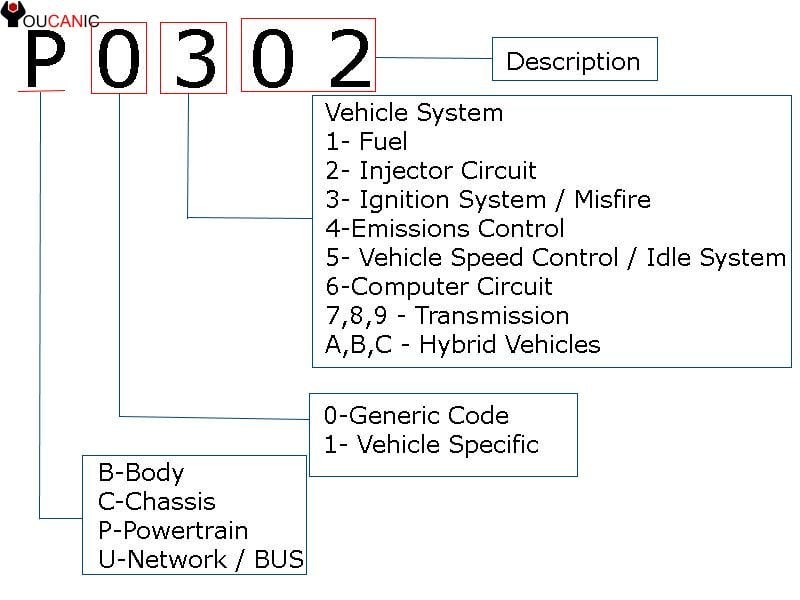
The OBD-II code consists of five characters.
It begins with a letter and is followed by four numbers.
- P stands for powertrain (engine & transmission), B stands for the vehicle’s body (which includes A/C and airbags), C stands for chassis and ABS, and U stands for the user network, including the wiring bus.
- The first number will be a 0 or 1. 0 means the problem is generic, while 1 indicates that the problem is manufacturer-specific.
- The second number will be between 0-9 (and may also have an A, B, or C if you have a hybrid vehicle). Here is a further breakdown of this placeholder digit:
- 1 and 2 refer to the fuel & air metering system, with two referring to the injector circuit.
- Three refers to the ignition system or misfire.
- Four means the problem is with the auxiliary emissions controls.
- Five refers to the vehicle speed control and vehicle idle control system.
- Six refers to the computer output circuit.
- A 7, 8, or 9 means the problem is with the transmission.
- The last two numbers describe the specific fault in the location specified in the previous number. It is helpful to refer to a database of fault codes to discover the specific problem or use an online code interpreter.
Frequently Asked Questions
Can I diagnose the check engine light myself?
Reading the codes related to the check engine light is easy. An OBD-II scanner will allow you to read those codes quickly. These scanners work on all vehicles manufactured from 2000 to the present.
How is an OBD2 scanner used?
The scanner is plugged into your vehicle’s OBD port and displays the trouble code. From there, you can research the code, discover the part of the car where the problem is occurring, and take the necessary steps to repair it.
Can I read the check engine light codes for free?
If purchasing a scanner is not an option, but you still would like to self-diagnose the problem, many automobile repair shops or retail stores (such as Auto Zone) have a code reader for you to use. They often will read the code stored in the vehicle’s memory for free.
What are alternative names for check engine lights?
Depending on the manufacturer, the warning on the dashboard may display one of the following:
Service Engine Soon
Check Engine
Check Engine Soon
What is an OBD-II Scan Tool?
Its OBD-II scan tool, also sometimes called an OBD-II scanner, is a hand-held device that plugs into your vehicle’s OBD-II port and connects to the vehicle’s electronic control unit (ECU), which is essentially a computer.




